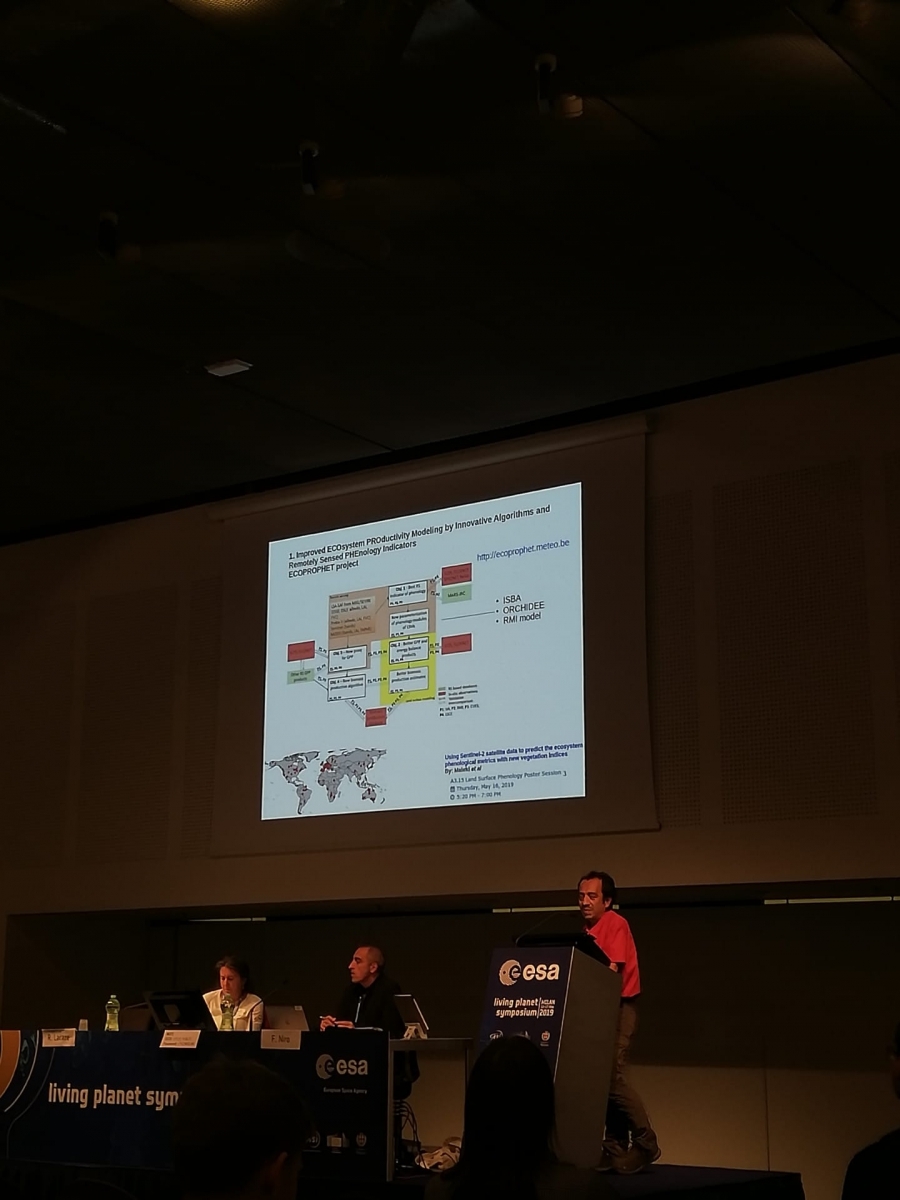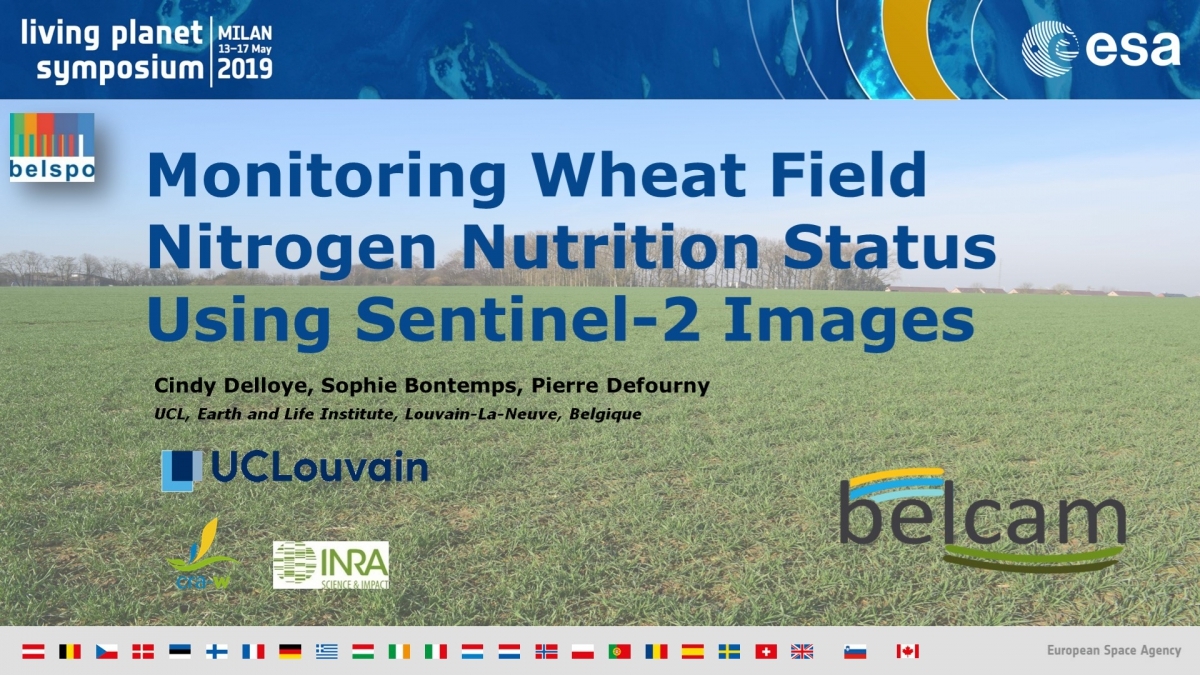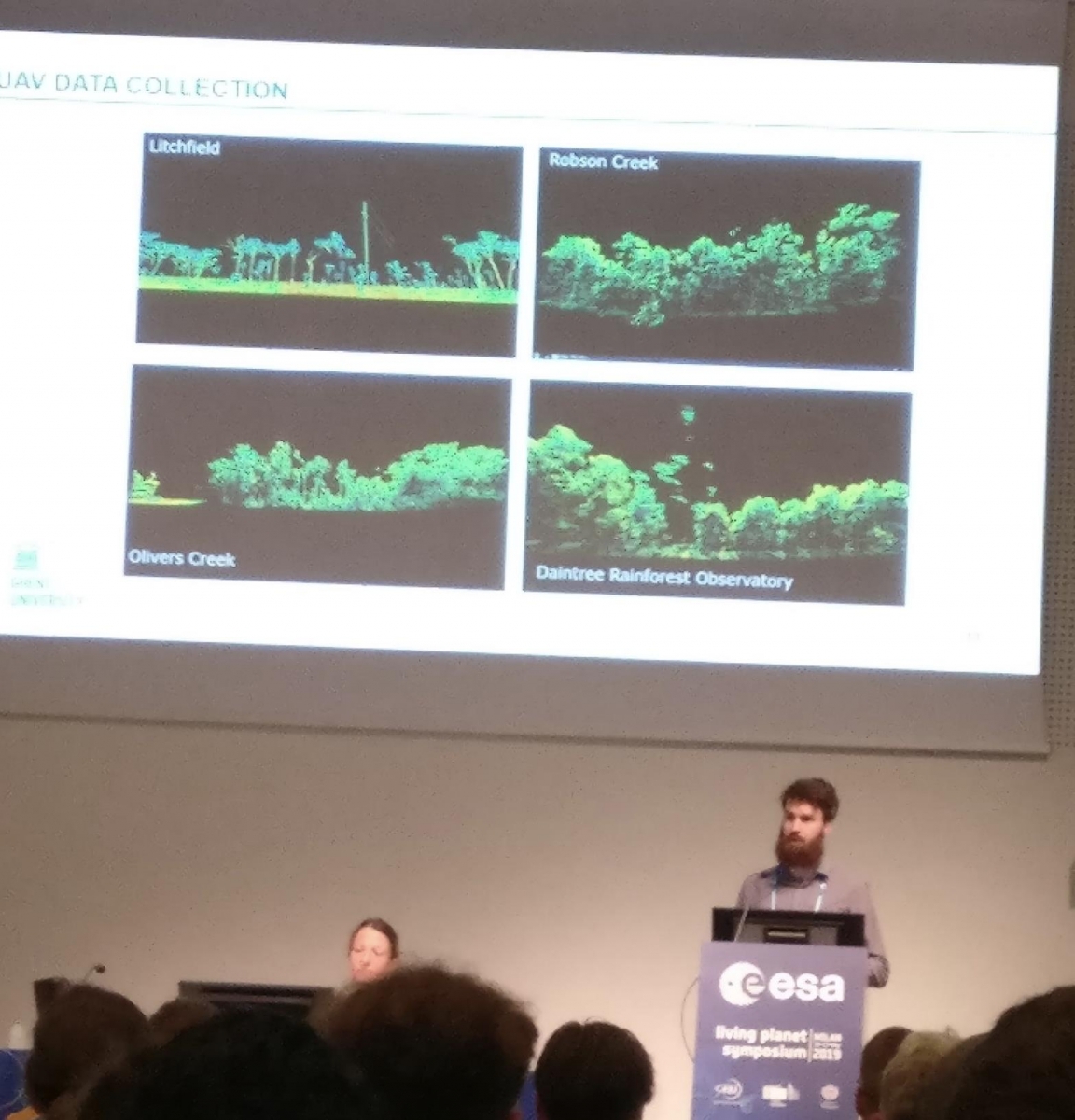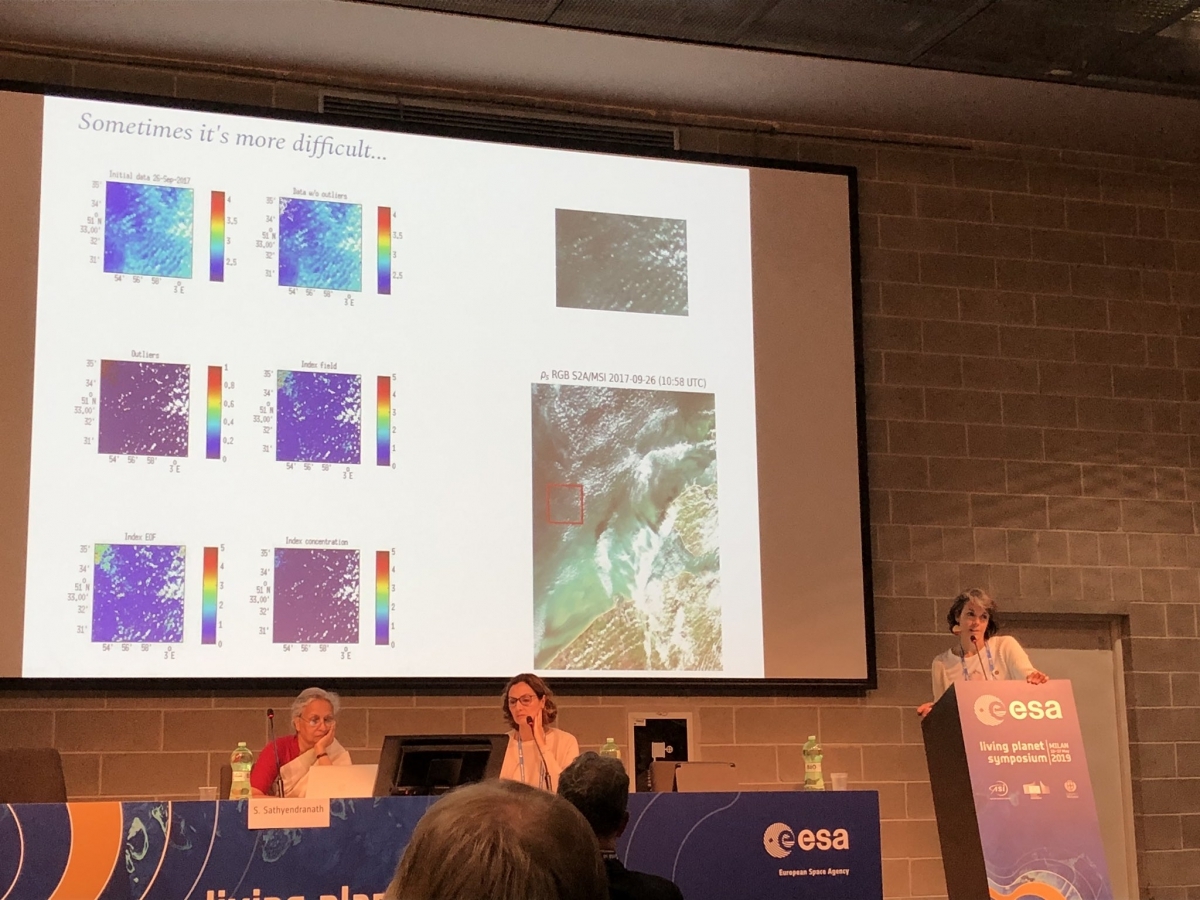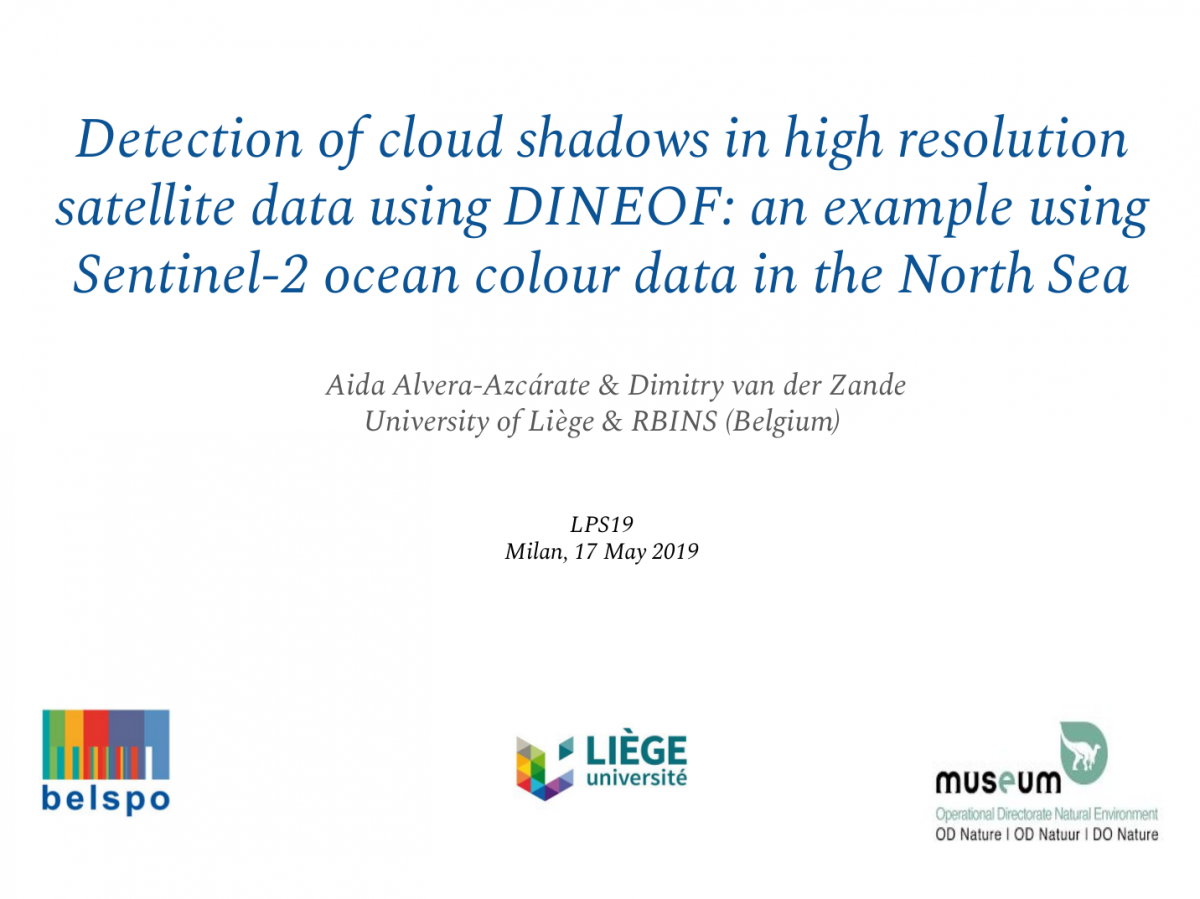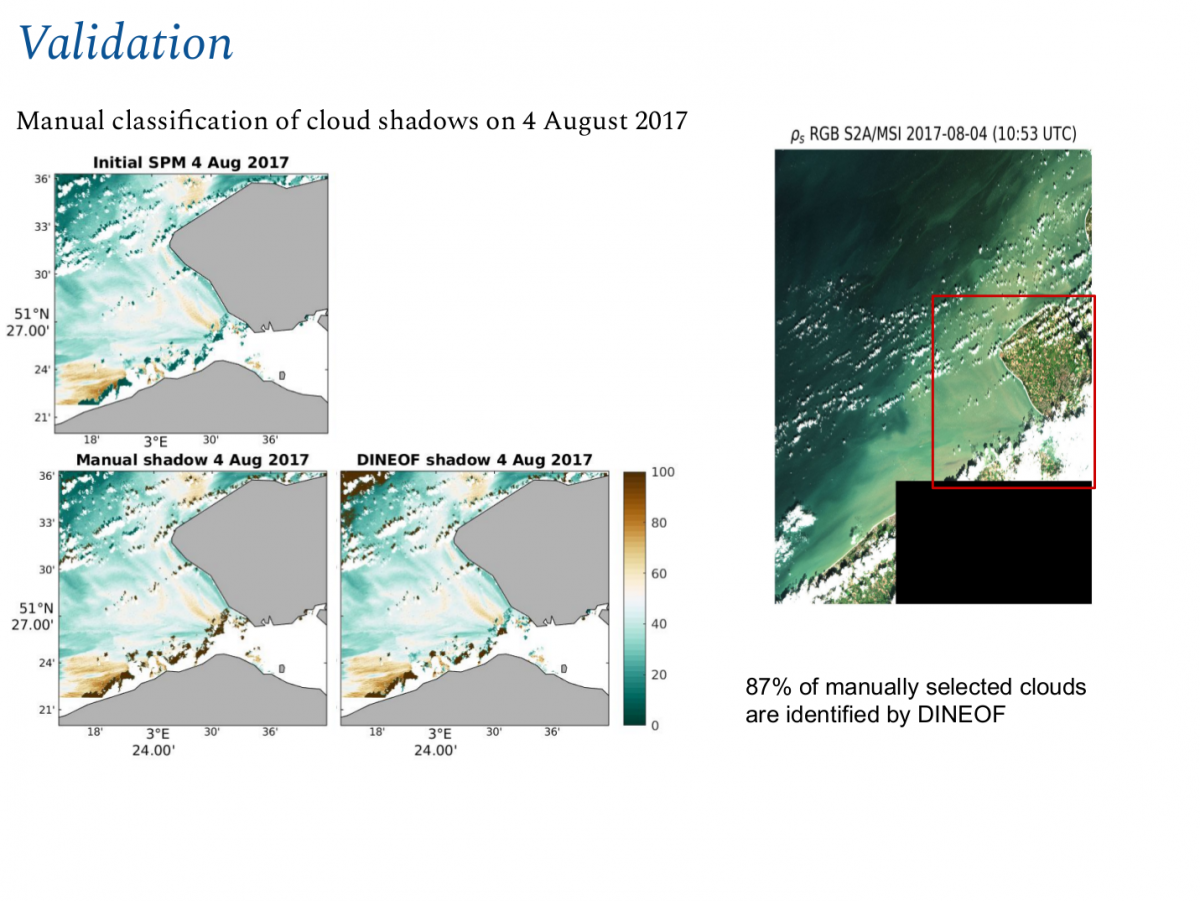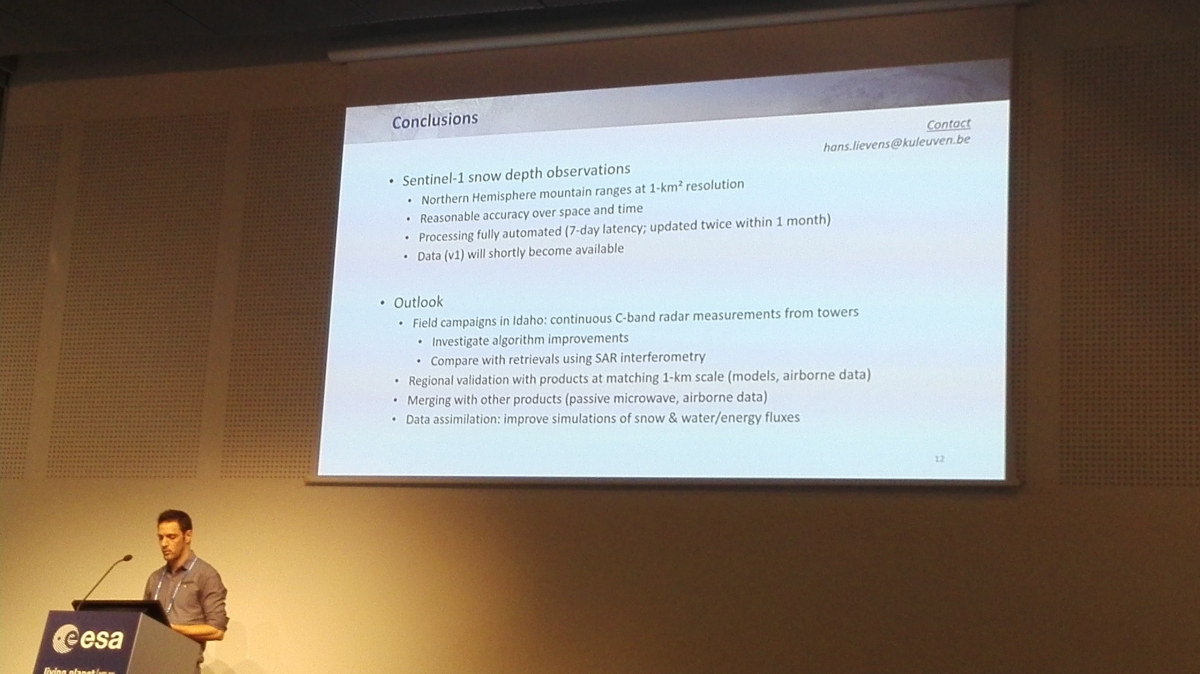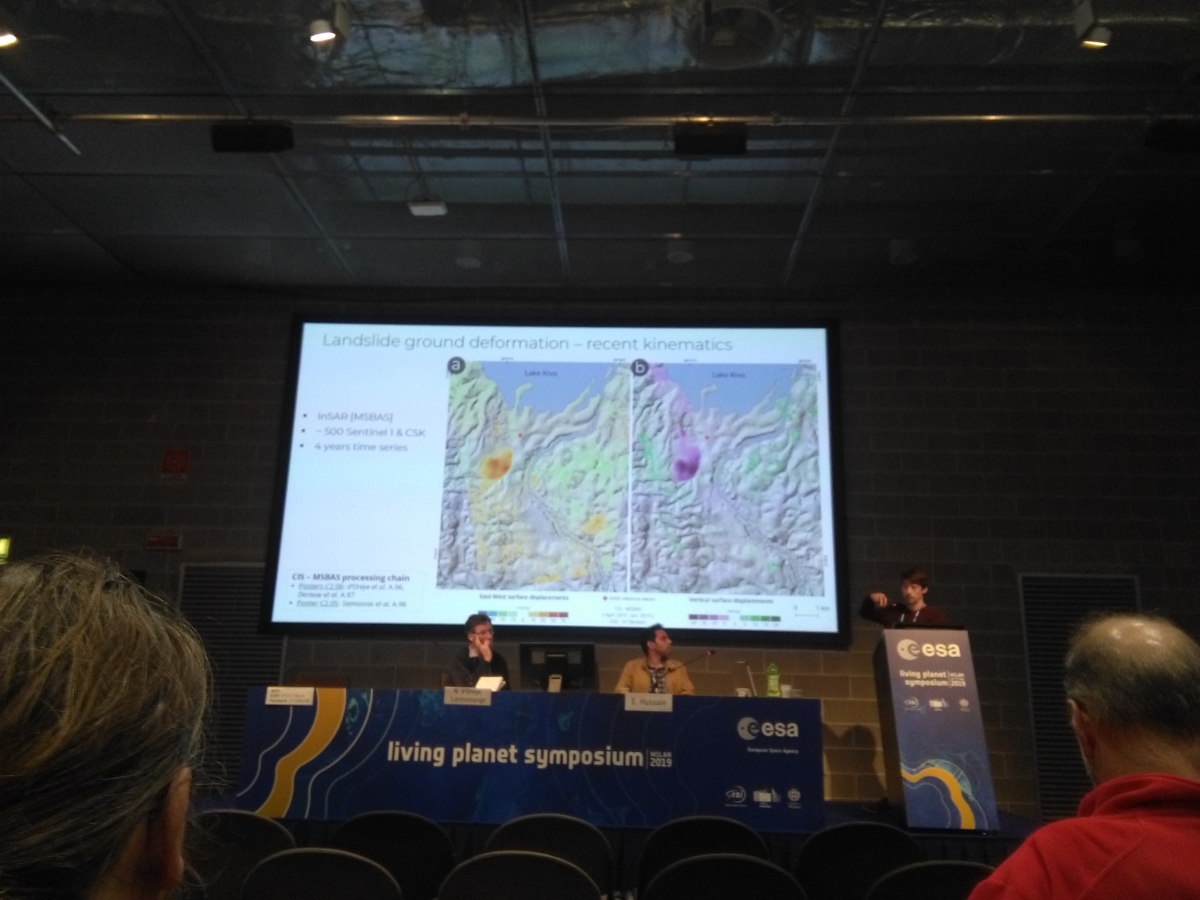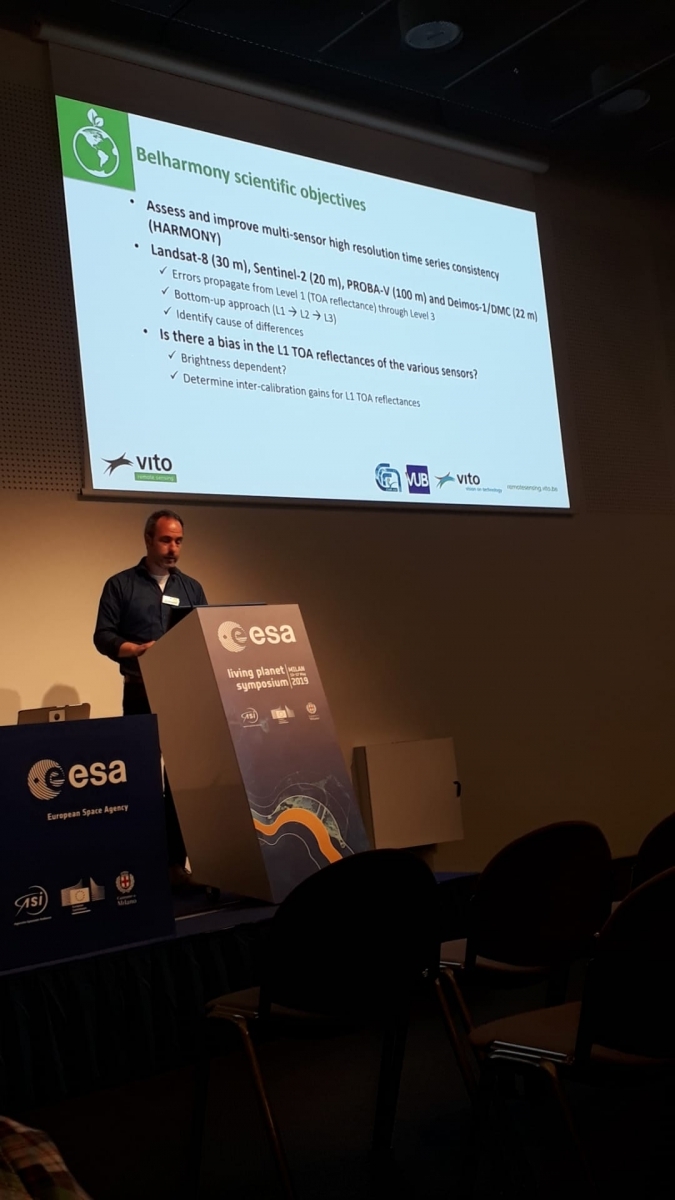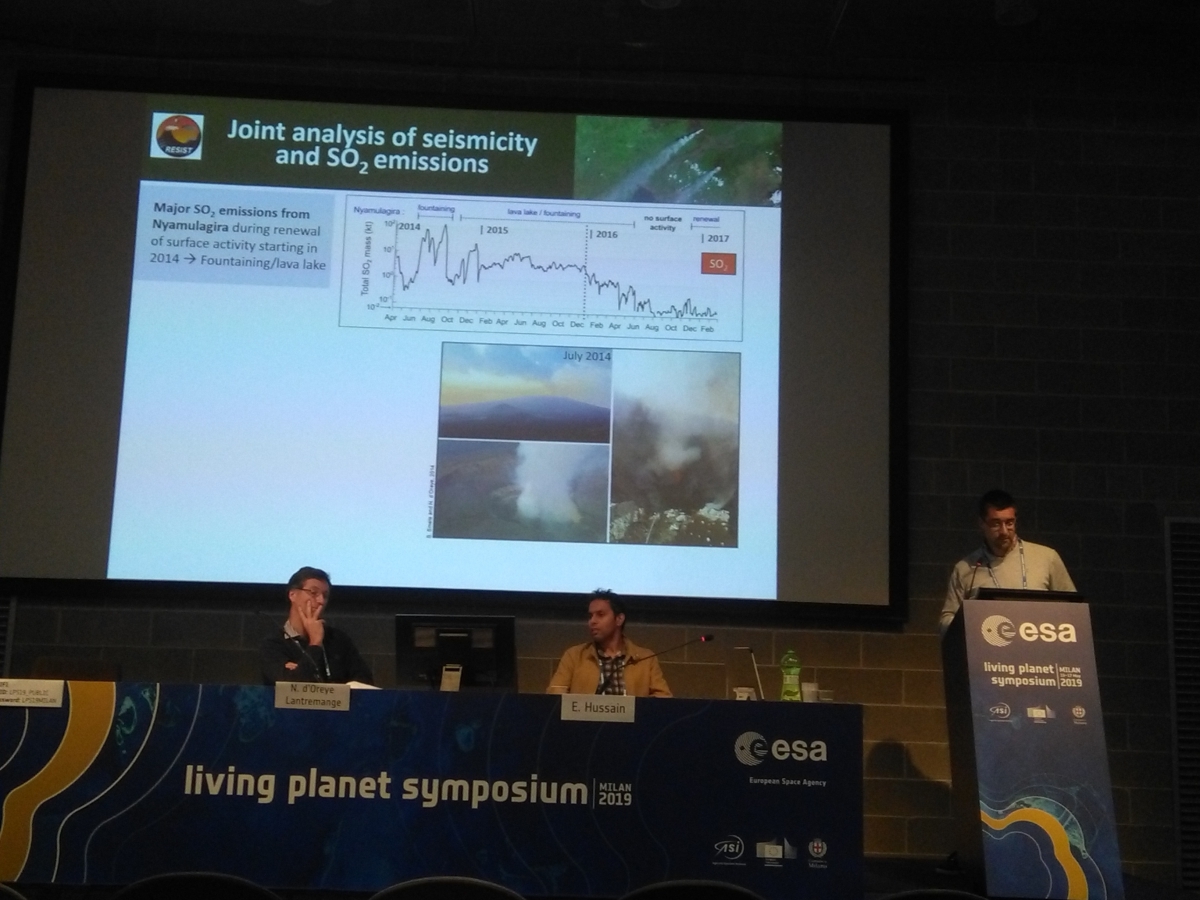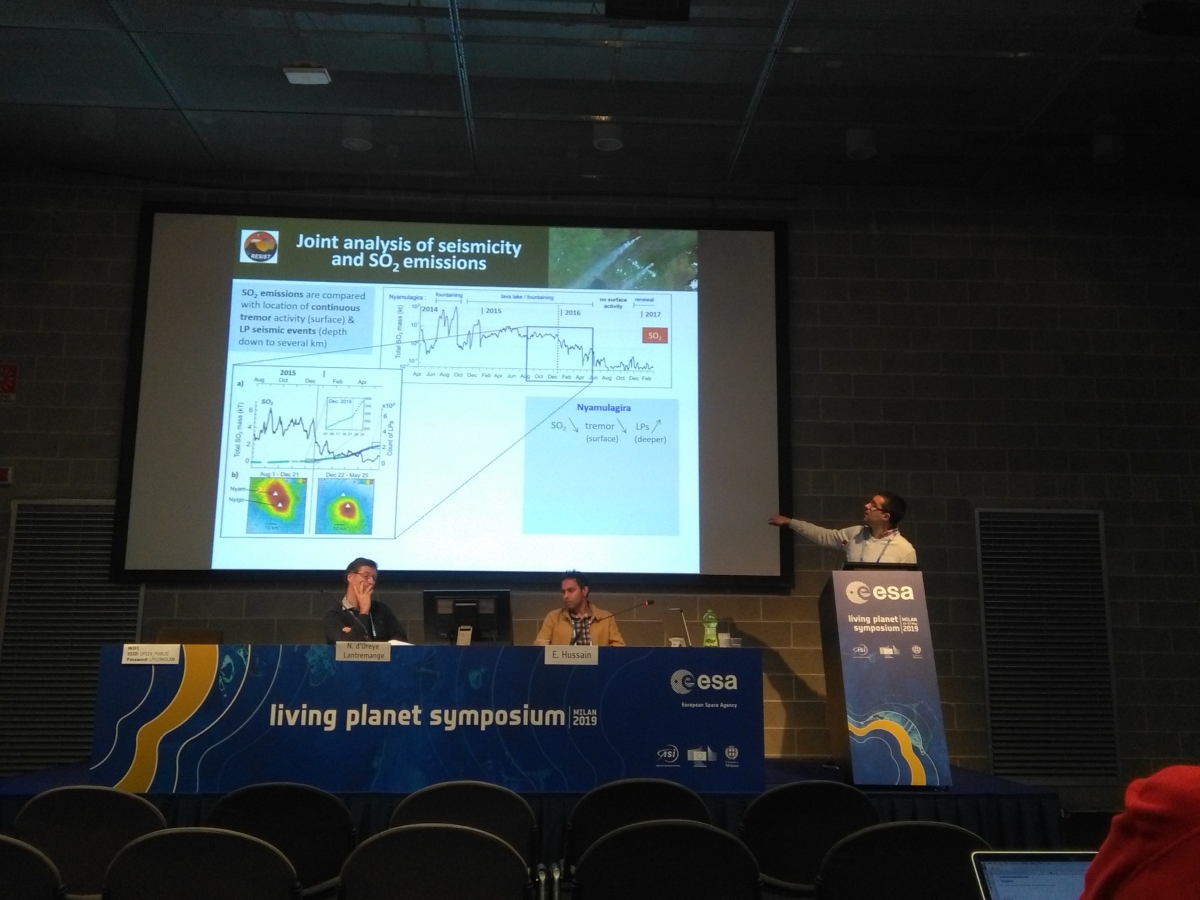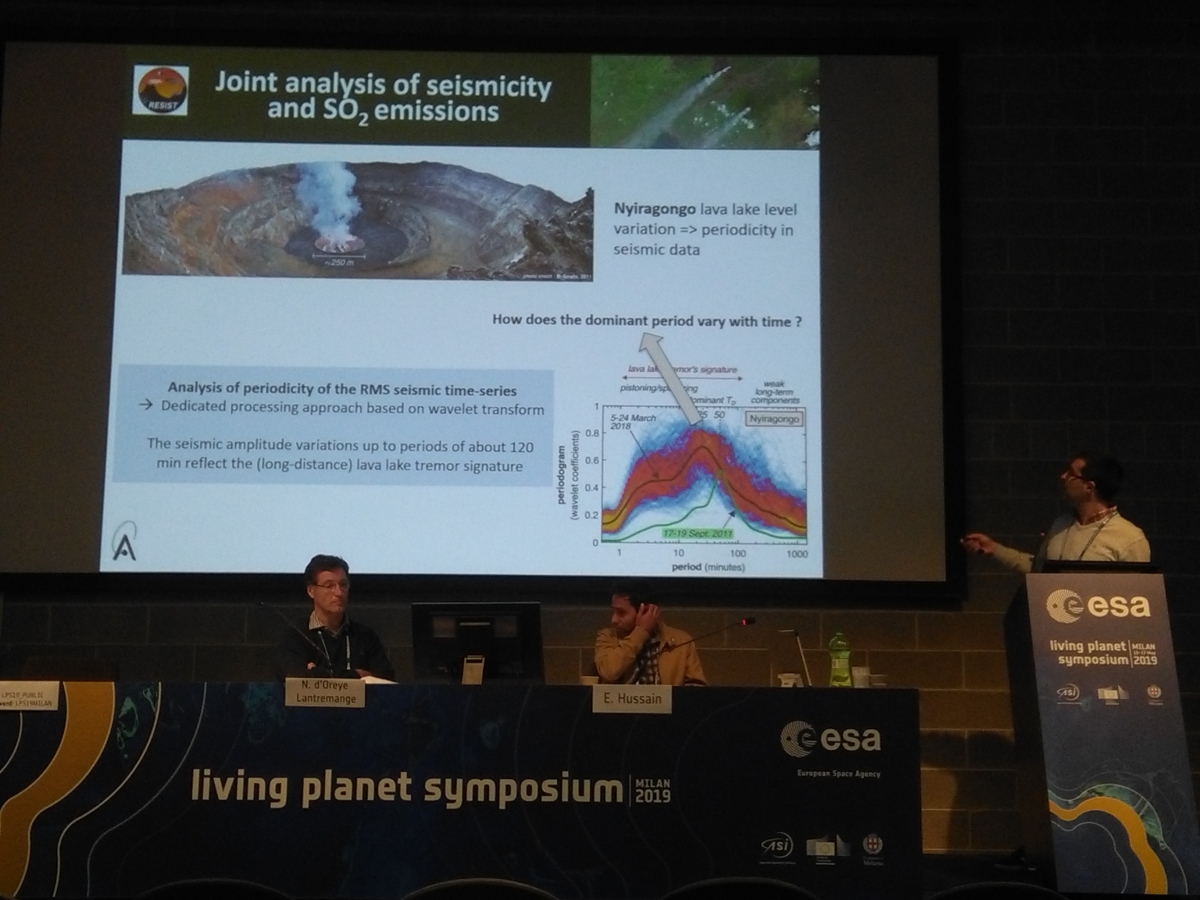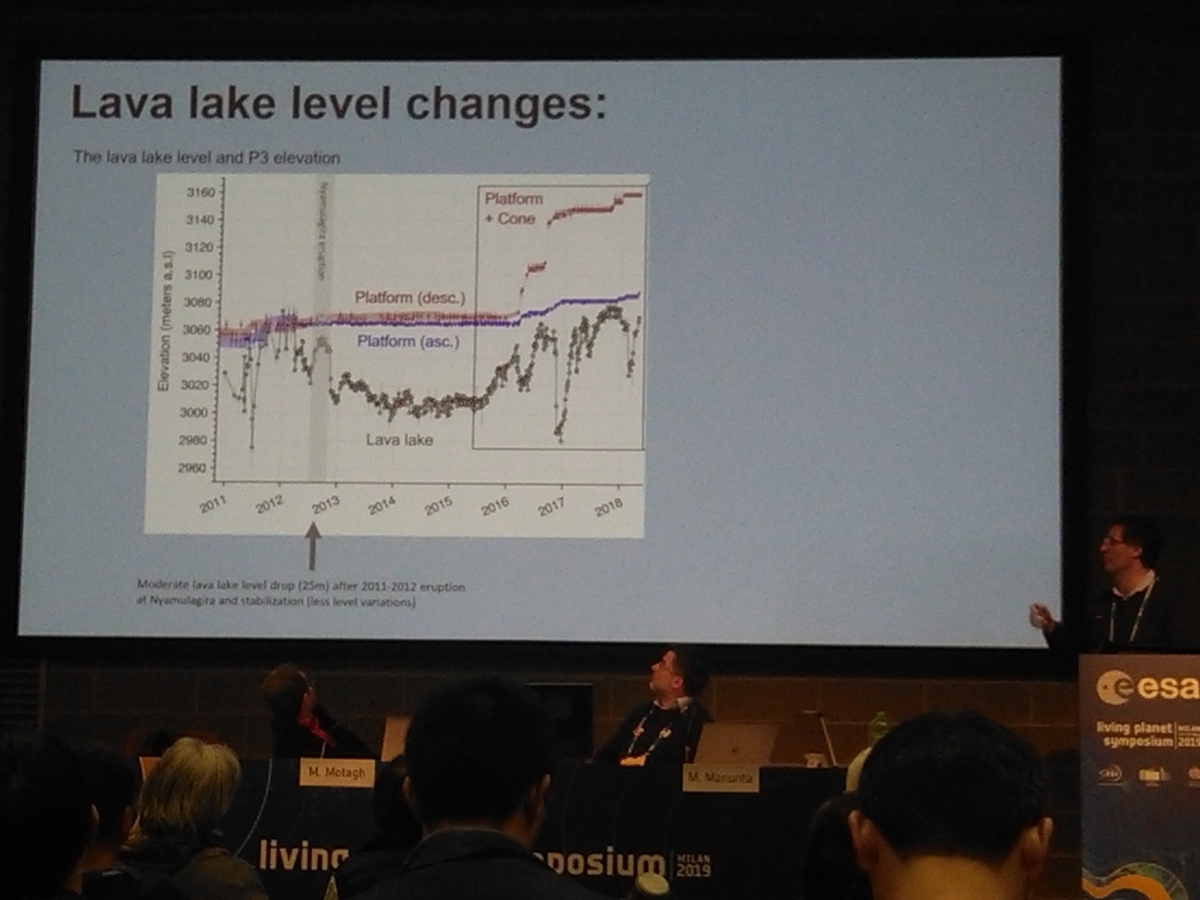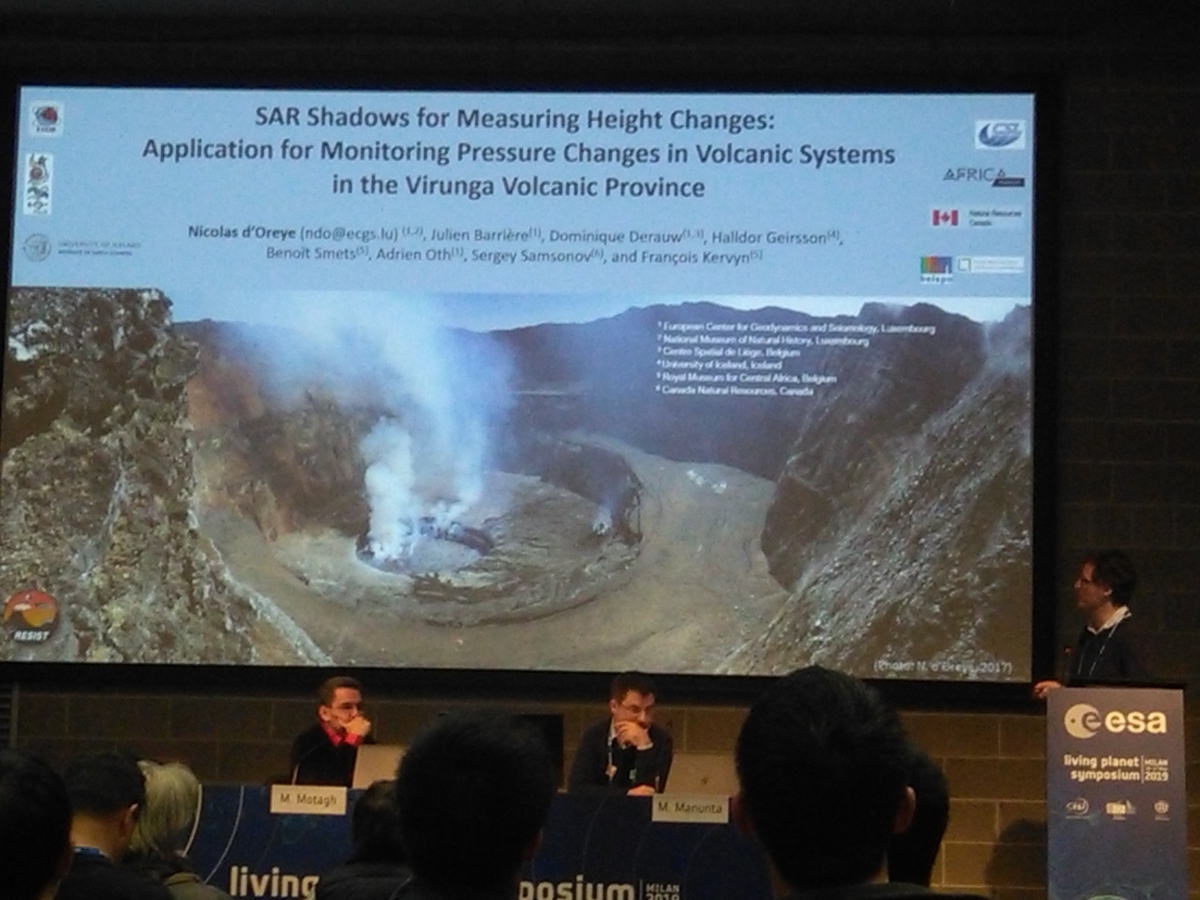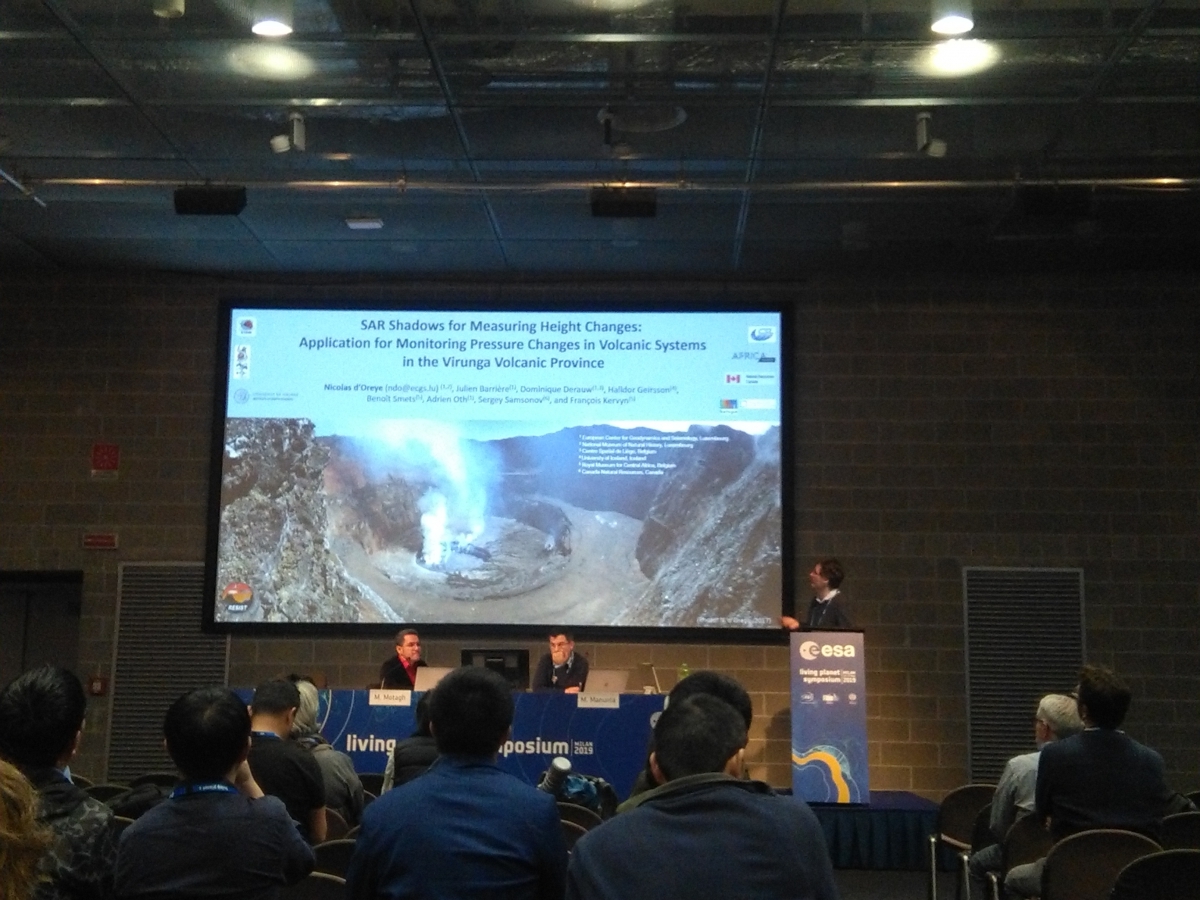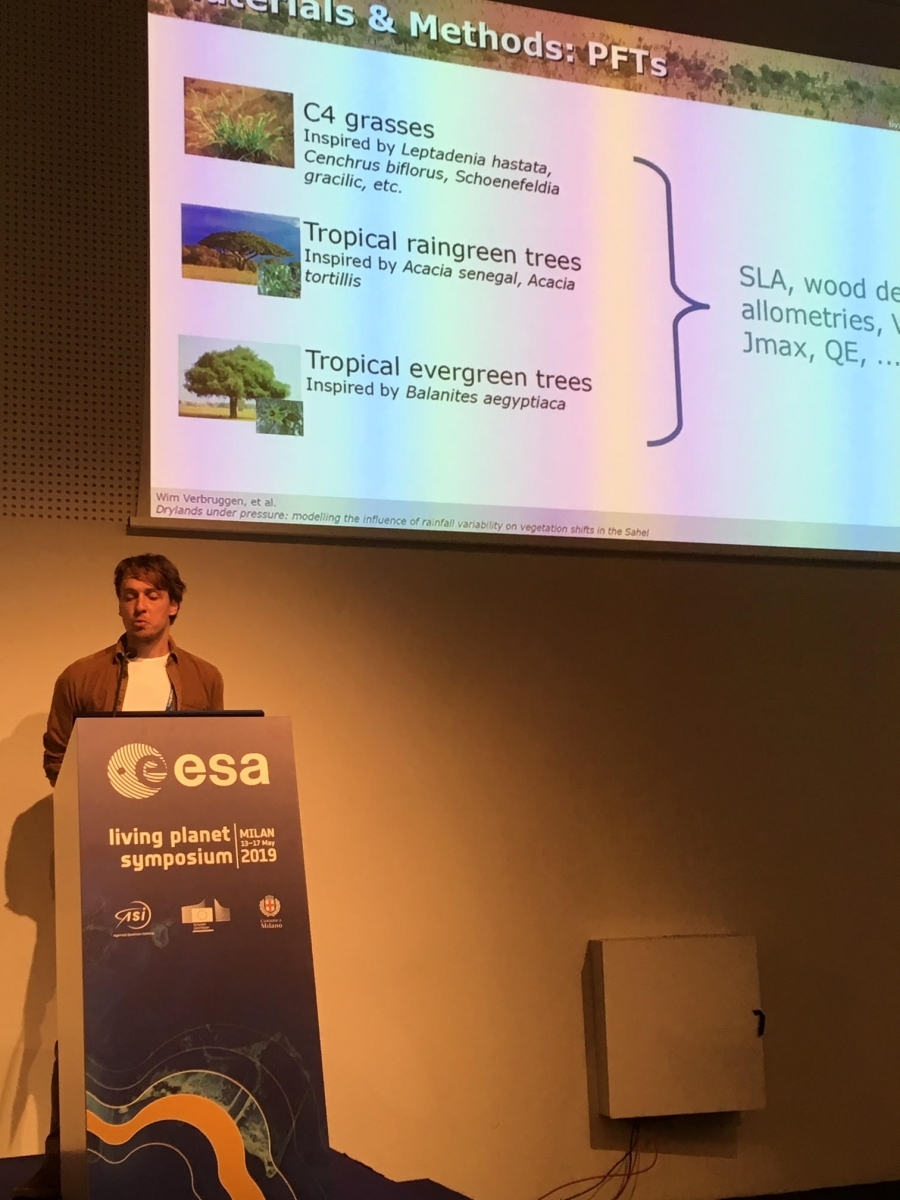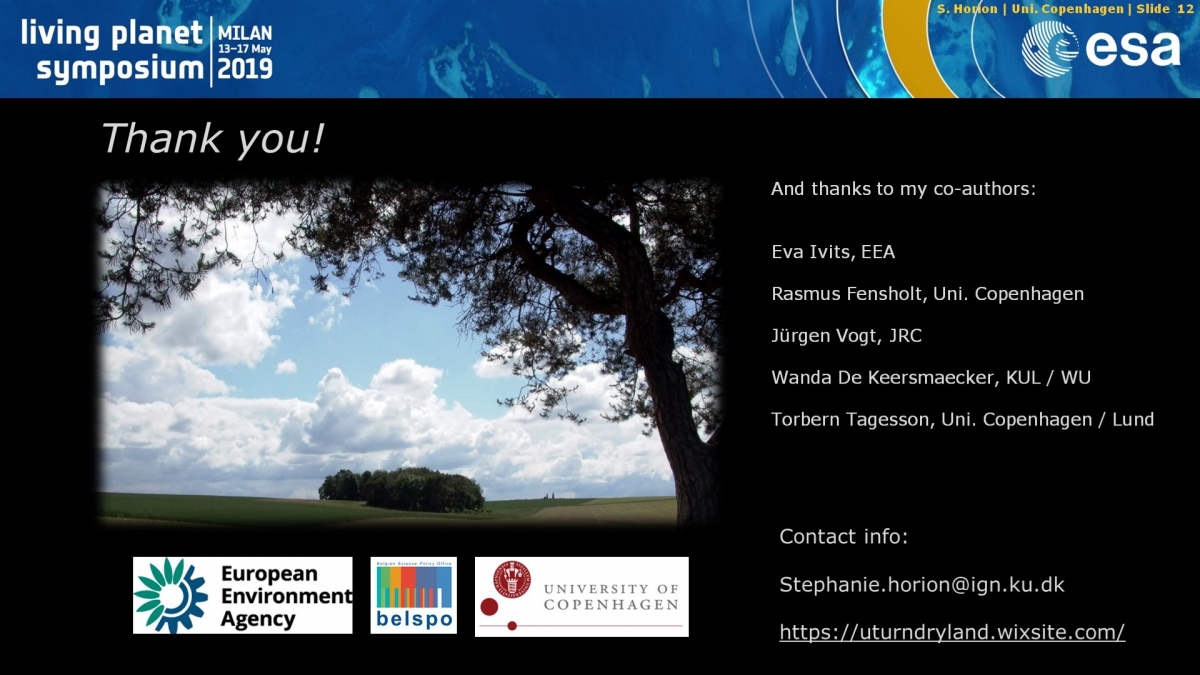Published on 20 May 2019
The biggest earth observation conference in the world, Living Planet Symposium, took place last week (13 – 17 May 2019) in Milan, Italy. It was a tremendous success.
The topic of this event was “how Earth Observation contributes to science and society, and how disruptive technologies and actors are changing the traditional Earth Observation landscape, which is also creating new opportunities for public and private sector interactions.”
Watch the replay of the entire opening session here:
STEREO's researchers and projects had a strong presence at the Symposium with a range of presentations:
| 1 | José-Miguel Barrios (IRM/KMI) presented some results of the ECOPROPHET project focusing on the use of EO techniques to capture ecosystem functional phenology and productivity. | |
| 2 | Sophie Bontemps (UCL) presented the advanced results of the BELCAM project developing remote sensing methods and processing chains for crop monitoring service. | |
| 3 | Kim Calders (UGent) showed the first results of the 3D-FOREST research using UAV mounted LIDARS for forest biomass estimation. | |
| 4 | Aida Alvera-Azcarate (ULiège) showed the first results of the MULTI-SYNC project aiming to develop advanced ocean colour products through synergetic use of multi-scale EO data. | |
| 5 | Hans Lievens (KULeuven) presented some results of the SNOPOST project evaluating the ability of different sensors for snow depth estimation. | |
| 6 | Wouter Dorigo (TUWien – Austria) in the name of Diego Miralles (UGent) has presented the final results of the STR3S project aiming at vegetation stress detection by use of satellite fluorescence signal. | |
| 7 | Antoine Dille (RMCA) gave a presentation about the MODUS project whose goal is the characterisation of ground displacements in the city of Bukavu in DRC. | |
| 8 | Erwin Wolters (VITO) discussed the possibility to improve consistency in time series generated by different sensors which is the aim of the BELHARMONY project. | |
| 9 | Nicolas Theys (BIRA/IASB) and Nicolas D'Oreye (MNHN – Luxembourg) gave two talks about the final results of the RESIST project studying volcanic processes and landslides in the Virunga volcanic Province. | |
| 10 | Wim Verbruggen (UGent) and Stéphanie Horion (University of Copenhagen – Denmark) gave 2 presentations about the first results of the U-TURN project aiming at early detection of turning points in the SAHEL. |
The STEREO community also presented many posters. One example is this poster discussing some results of the PONDER and HYPERMAQ projects.
